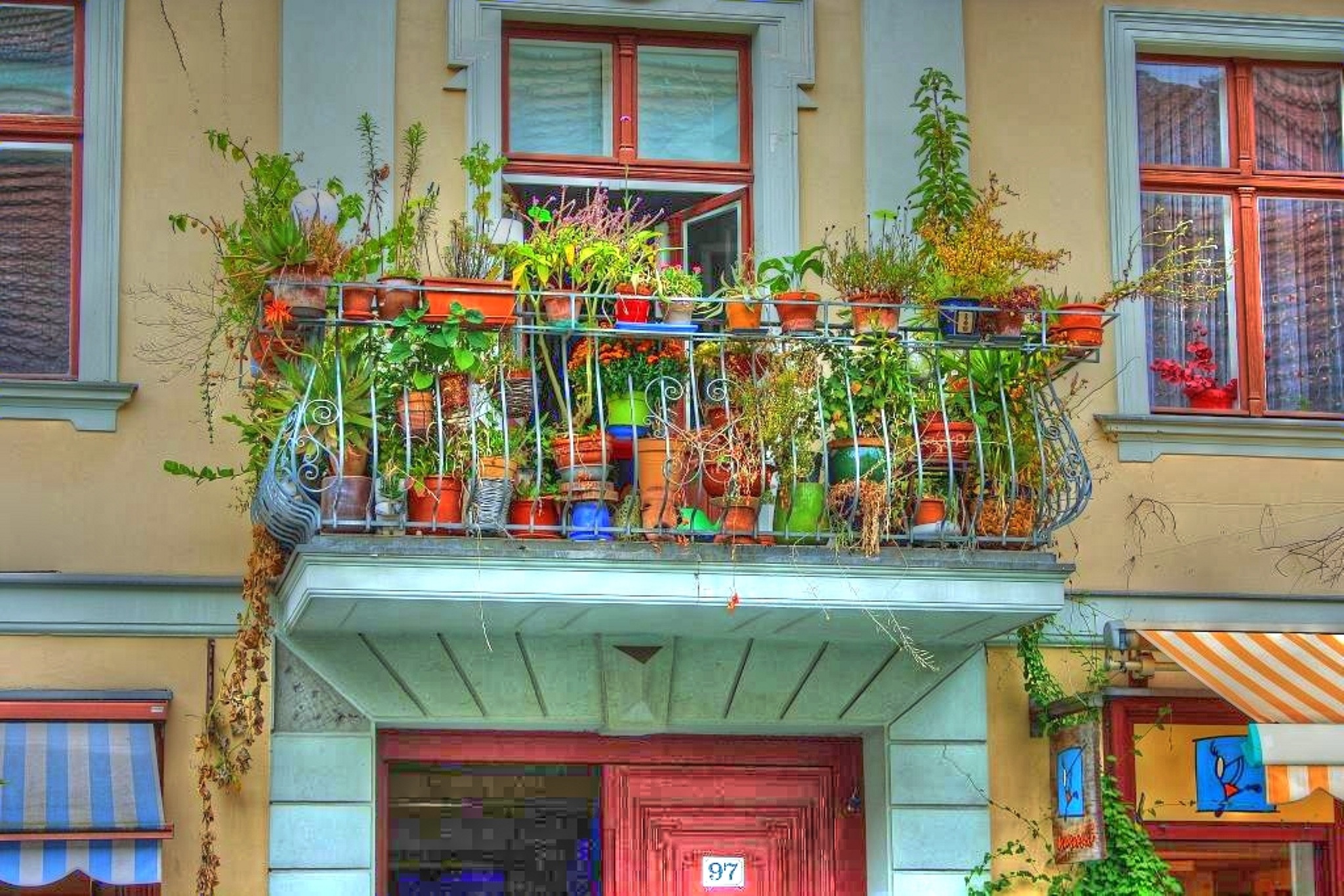Growing Succulents on a Balcony
Growing succulents on your balcony is a simple way to add beauty and greenery to your home without a lot of work. Succulents thrive in sunny spots and need very little water, making them perfect for busy people or those new to gardening. With the right pots, soil, and care, anyone can enjoy a lush display of these unique plants, even in small urban spaces.
You can arrange your succulents in creative ways, mixing different shapes and colors for an eye-catching look. Their low maintenance needs and tolerance for heat make them a smart choice for balconies that get plenty of sunlight. Seeing your succulents flourish right outside your door can be rewarding and inspiring every day.
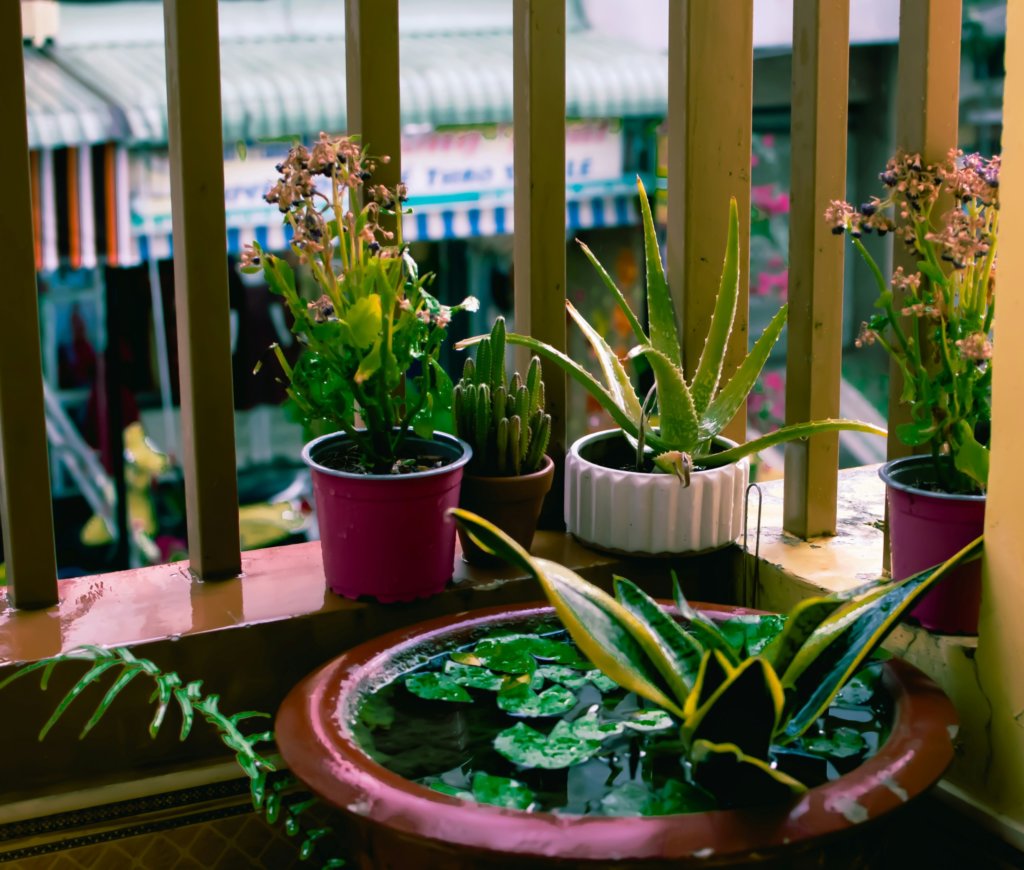
Choosing the Best Succulents for Balcony Gardens
Picking the right succulents helps your balcony garden stay healthy and attractive. You can add diversity and color by combining different varieties and mixing in easy-care companion plants.
Top Succulent Varieties for Balcony Spaces
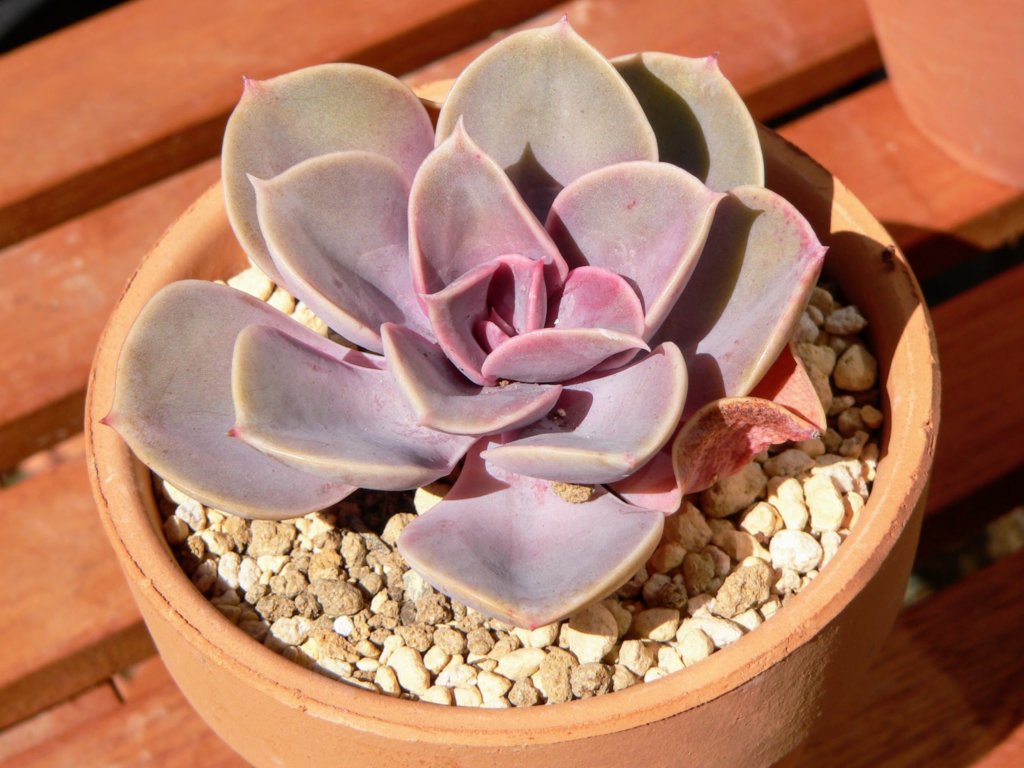
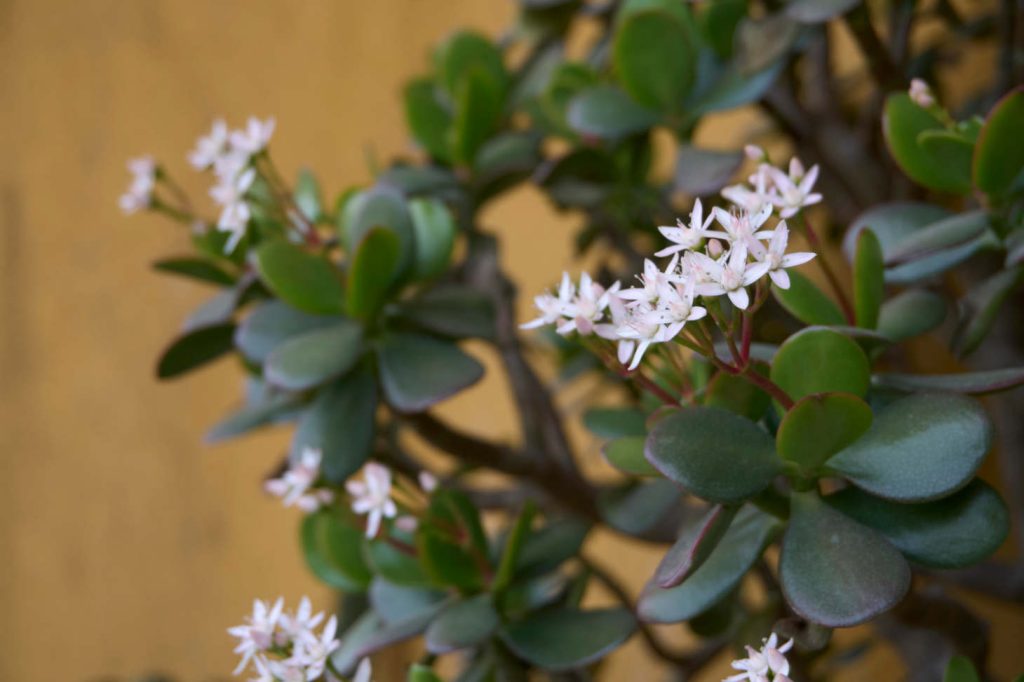
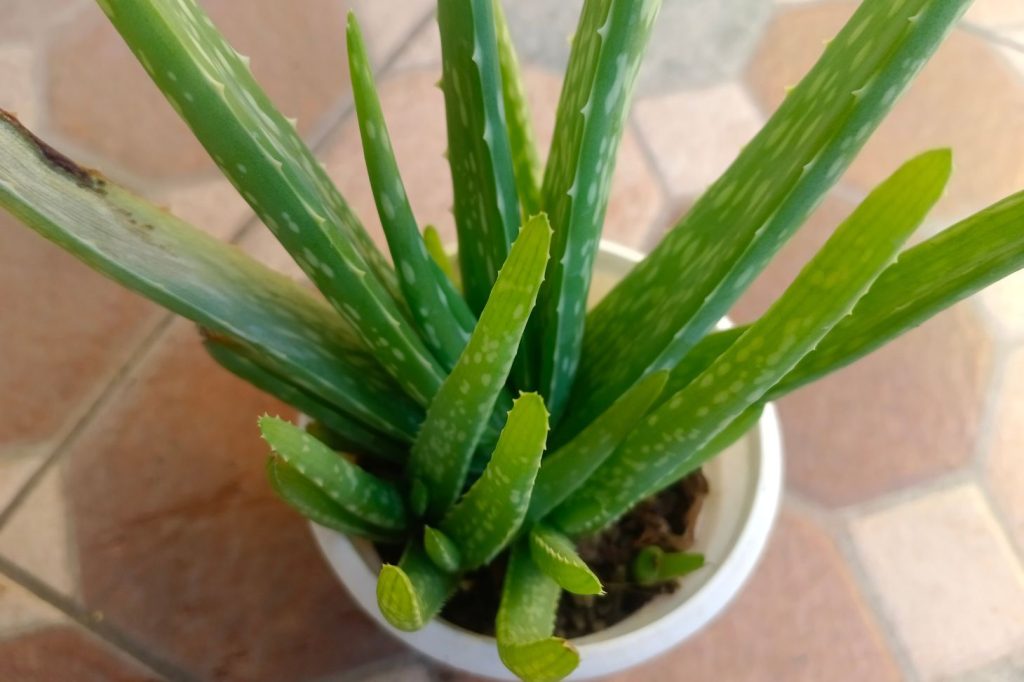
Some succulents handle balcony conditions better than others. Echeveria is a favorite because of its rosette shape and wide range of colors. Jade plant (Crassula ovata) is sturdy and can grow well in pots, making it easy to manage. Aloe vera is not only practical but also tough, handling sun and wind well.
Other great choices are Sempervivum (also called hens and chicks), which survives with little water, and sedum for small spaces due to its low, spreading growth. For something eye-catching, add string of pearls (Senecio rowleyanus) that drapes nicely over hanging baskets or shelves.
Here are top picks for balcony gardeners:
| Succulent | Notable Feature |
|---|---|
| Echeveria | Colorful rosettes |
| Jade Plant | Easy to grow, thick leaves |
| Aloe Vera | Medicinal, sun-tolerant |
| Sedum | Spreading ground cover |
| Sempervivum | Hardy, drought-resistant |
| String of Pearls | Trailing, unique leaves |
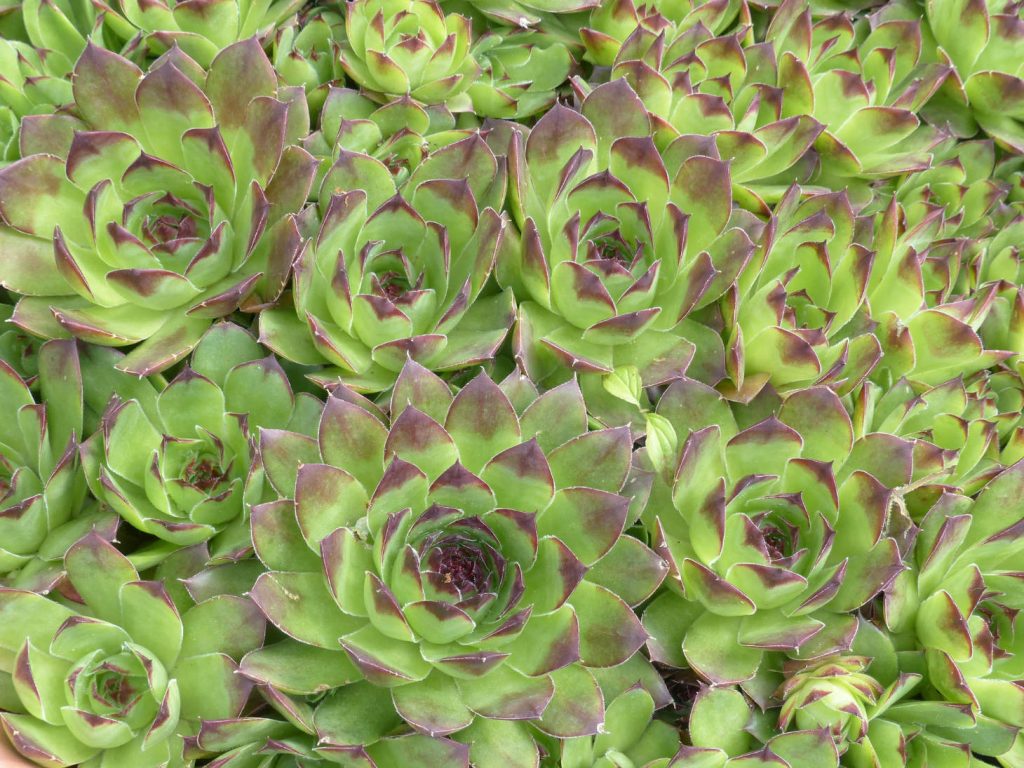
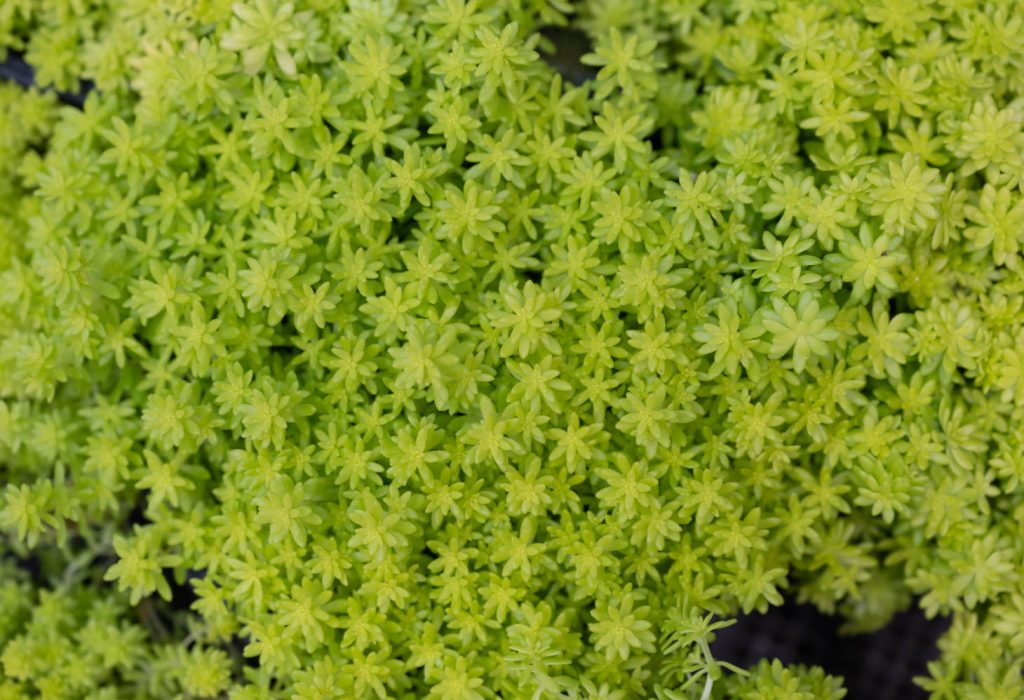
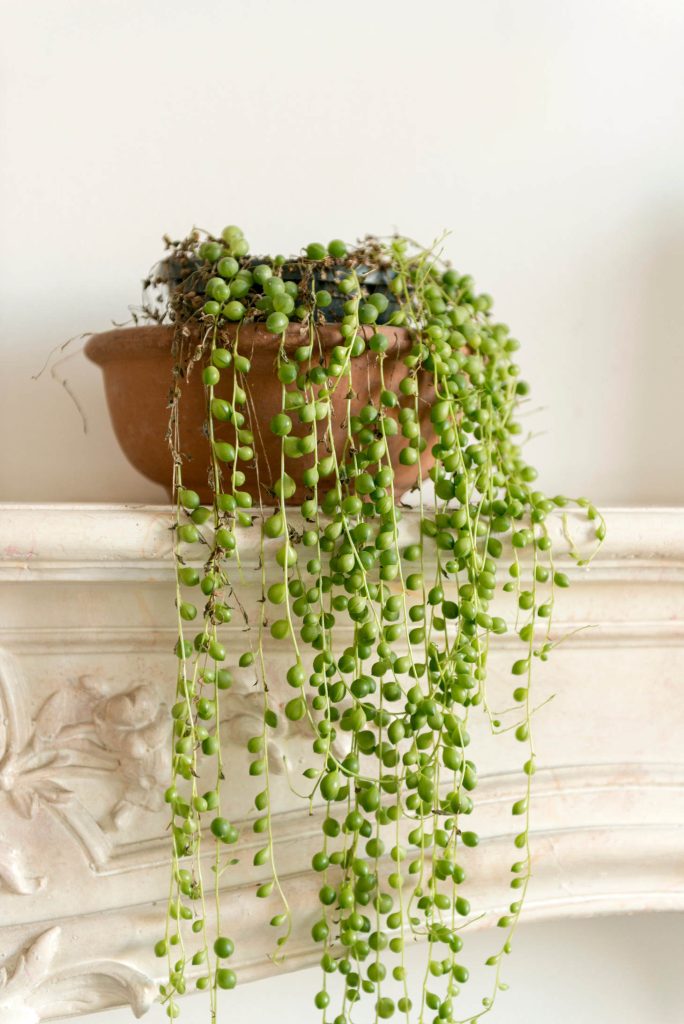
Selecting Shade-Tolerant and Drought-Resistant Succulents
Balconies may not get sunlight all day. For partially shaded areas, pick shade-tolerant succulents such as haworthia, some sedum varieties, and certain types of begonia. These plants survive with just a few hours of direct sun and can handle filtered light well.
For dry, sunny spots, lean toward drought-tolerant plants like sempervivum, jade plant, or aloe vera. Their thick leaves store water, helping them cope with missed watering or strong midday sun.
Keep in mind:
- Grouping drought-loving succulents makes watering simple.
- Avoid overwatering shade-tolerant succulents to prevent root rot.
By matching your plants to their growing conditions, you’ll see better results with less work.
Mixing Succulents with Companion Plants
You can build a healthier and more diverse display by adding companion plants to your succulent collection. Lavender, rosemary, and basil fit well in balcony gardens thanks to their similar sunlight needs. Mint prefers some shade and can help fill space under taller succulents.
If you want added color, consider growing geraniums or begonias with your succulents. They add flowers and do well in similar well-draining soil. Remember, most companion plants should not be overwatered if they share pots with succulents.
Mixing succulents with herbs or flowering plants can attract pollinators and give your garden a more complete look. Place taller herbs at the back, trailing plants near the edges, and rosette succulents in the center for a balanced and attractive arrangement.
Balcony Setup and Container Gardening Essentials
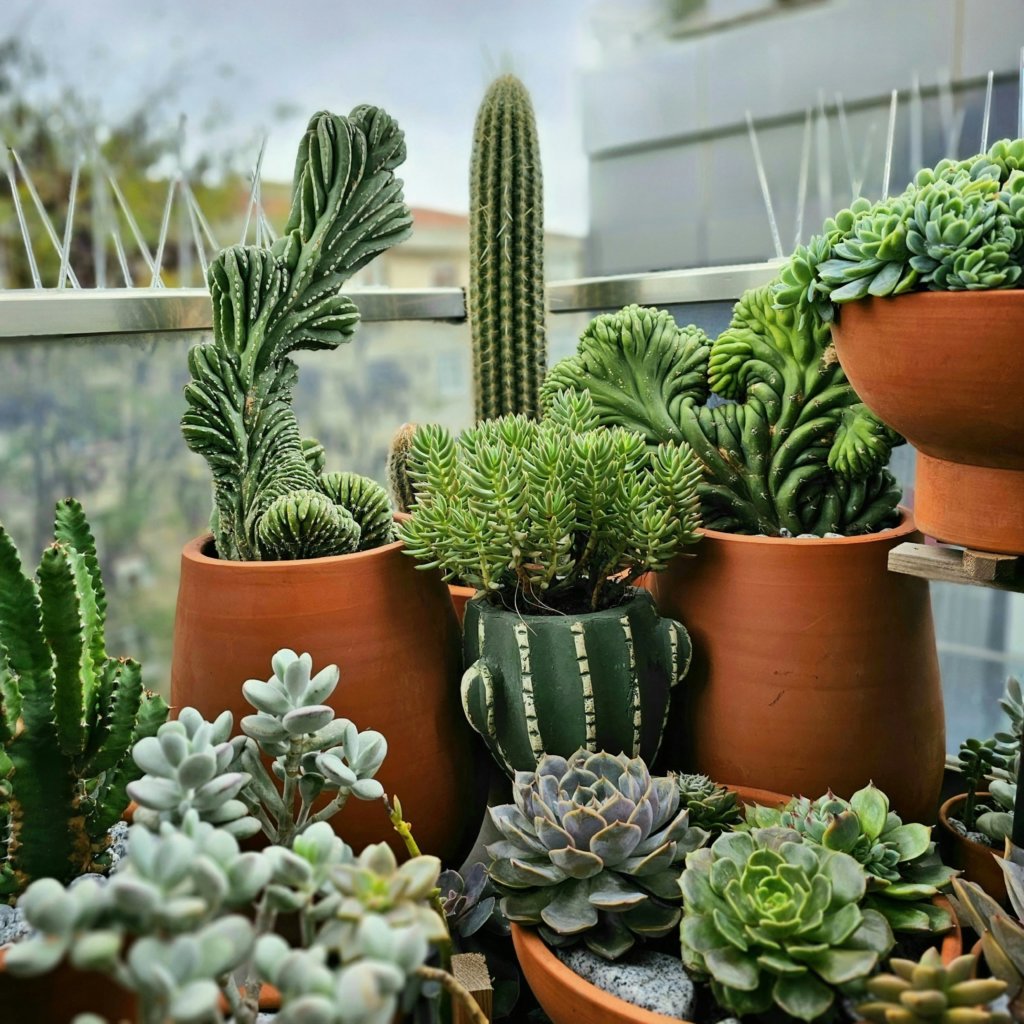
A successful balcony succulent garden depends on selecting the right spot for sunlight, choosing proper containers, and making good use of space. Thoughtful arrangement and using vertical features, like hanging baskets or balcony rail planters, can help you fit more plants even in small areas.
Maximizing Sunlight Exposure on a Balcony
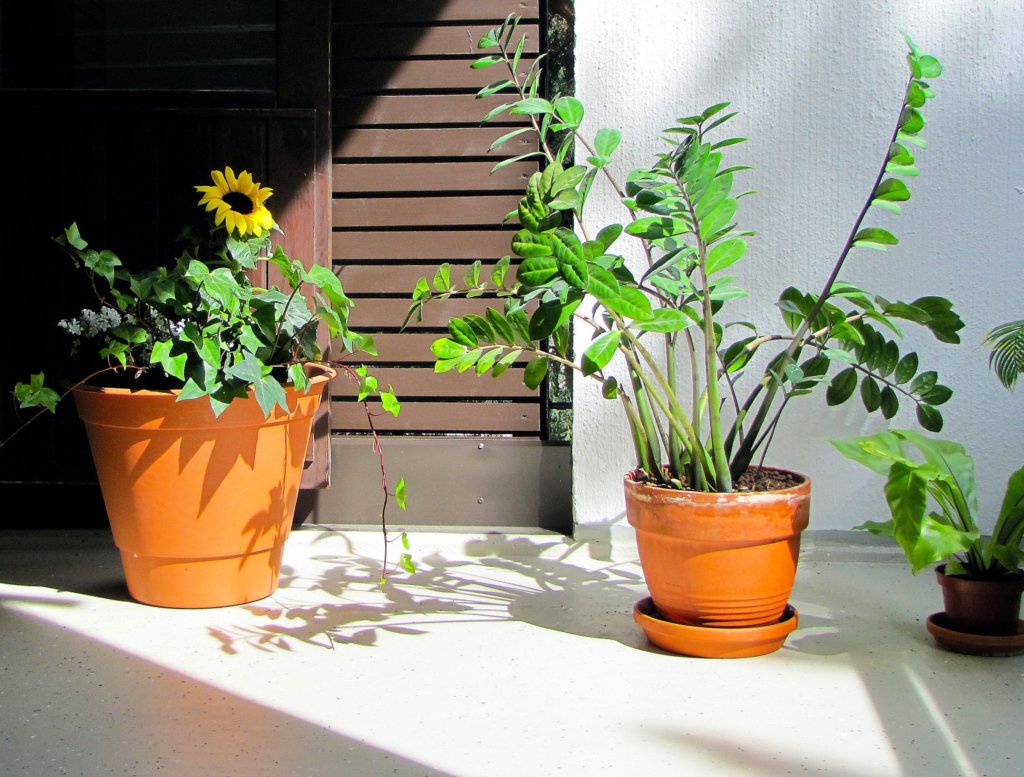
Succulents need plenty of sunlight to grow well. Most types prefer direct sunlight for at least 4-6 hours each day. Find the sunniest area on your balcony and group most of your plants there. South- or west-facing balconies usually work best.
If your balcony gets shade, choose succulents like Haworthia or Gasteria that can handle less light. Rotate containers every couple of weeks so all sides of the plants get sun. Watch for signs of sunburn or stretching, and move plants as needed to keep them healthy.
Consider using a plant stand that lets tiers of pots soak up as much sun as possible. Reflective surfaces, like light-colored walls or tiles, can also help bounce extra light onto your plants. If sunlight is very limited, a small grow light for a few hours a day can make a difference.
Choosing Containers and Ensuring Proper Drainage
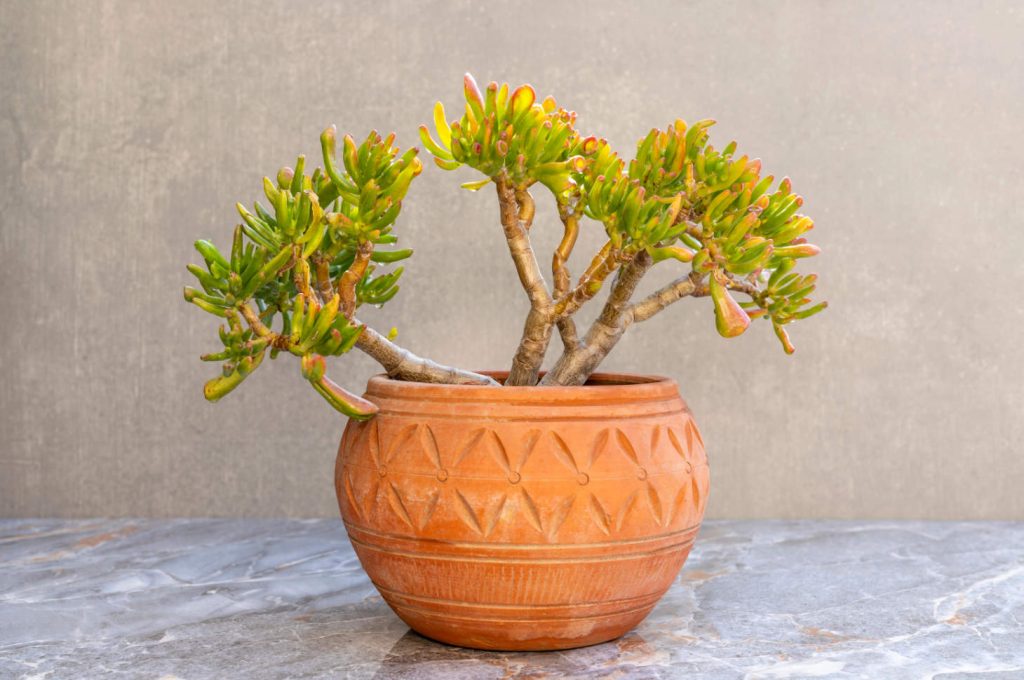
Picking the right containers is key for healthy succulents. Terracotta pots are a smart choice because they let air flow to the roots and dry out fast, which helps prevent rot. Make sure each container has drainage holes at the bottom so extra water can escape easily.
Avoid pots without drainage. Water that sits in the bottom can quickly lead to root rot. For container gardening, choose sturdy pots that can handle both sun and cold. Materials like ceramic, thick plastic, or even metal work well if they have holes.
Fill your containers with well-draining soil. You can use a well-draining commercial “succulent” mix, or make your own blend by mixing potting soil with sand, pumice, or perlite. Place a mesh or piece of screen over the drainage holes to stop the soil from washing out without blocking water.
Arranging Containers for Space Efficiency
Make the most of your balcony garden by arranging containers to use every inch. Try a succulent stand to stack pots vertically. Use steps, small tables, or even a ladder shelf to create more growing space. Place taller plants in back and smaller ones in front so every plant gets light.
If you have a tiny balcony, think about using wall shelves or hooks for small pots. Cluster containers with similar watering needs together to make care easier. Grouping plants tightly can also stop weeds and help hold in moisture, but leave a little space so air can move between them.
For a neat look, place matching containers in rows or patterns. If your balcony is windy, group pots together or use heavy containers to keep them from tipping over.
Balcony Rail and Hanging Basket Options
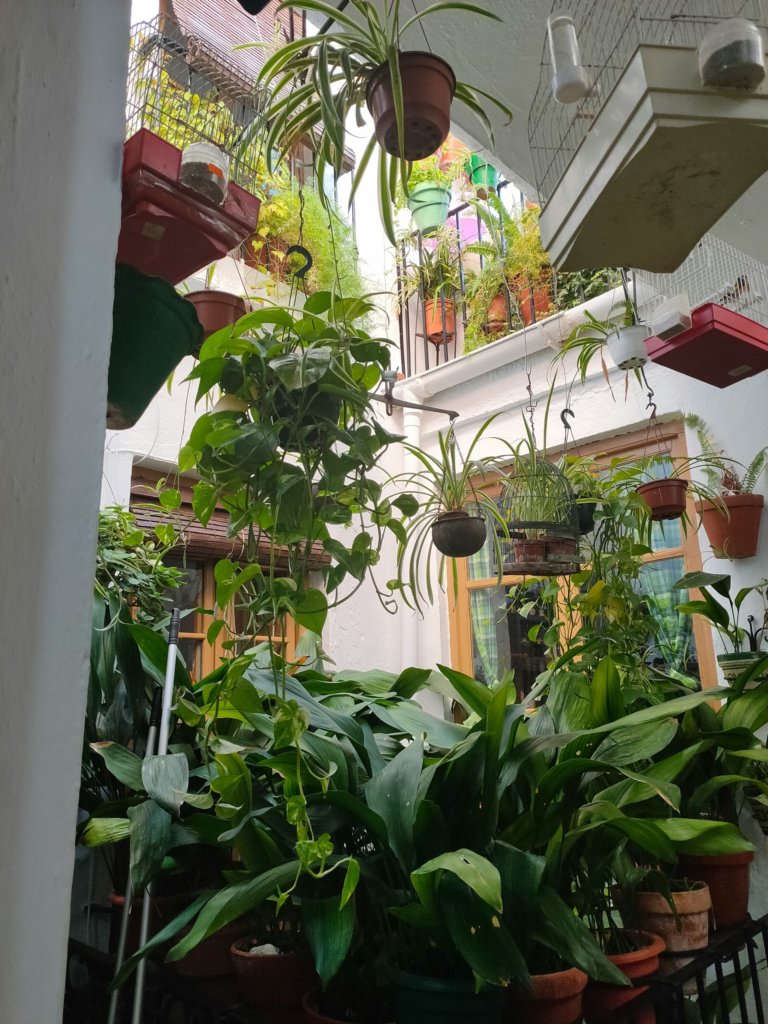
Balcony rails offer extra spots to grow succulents. Use balcony railing planters that hook over the edge, just make sure they are secured well to avoid falls. These rail planters are perfect for spreading trailing succulents, like string of pearls or burro’s tail.
Hanging baskets are another way to save space. Choose baskets with strong hooks and solid construction. Line them with coco coir or mesh to let water drain, but keep soil in place. Hanging baskets should also have drainage holes so roots do not sit in water.
You can even hang small pots from a railing or under a cover using S-hooks or special hangers. Be careful not to overload your rail or brackets with too much weight. Check that all containers are safe and stable, especially if your area gets strong wind or heavy rain. Place hanging baskets where they still get bright light, and rotate them often if one side is shaded.
Care and Maintenance of Balcony Succulents
Balcony succulents need the right care to stay healthy and attractive. Paying attention to watering, soil quality, and pest control helps your plants thrive in outdoor conditions.
Watering Techniques for Outdoor Succulents
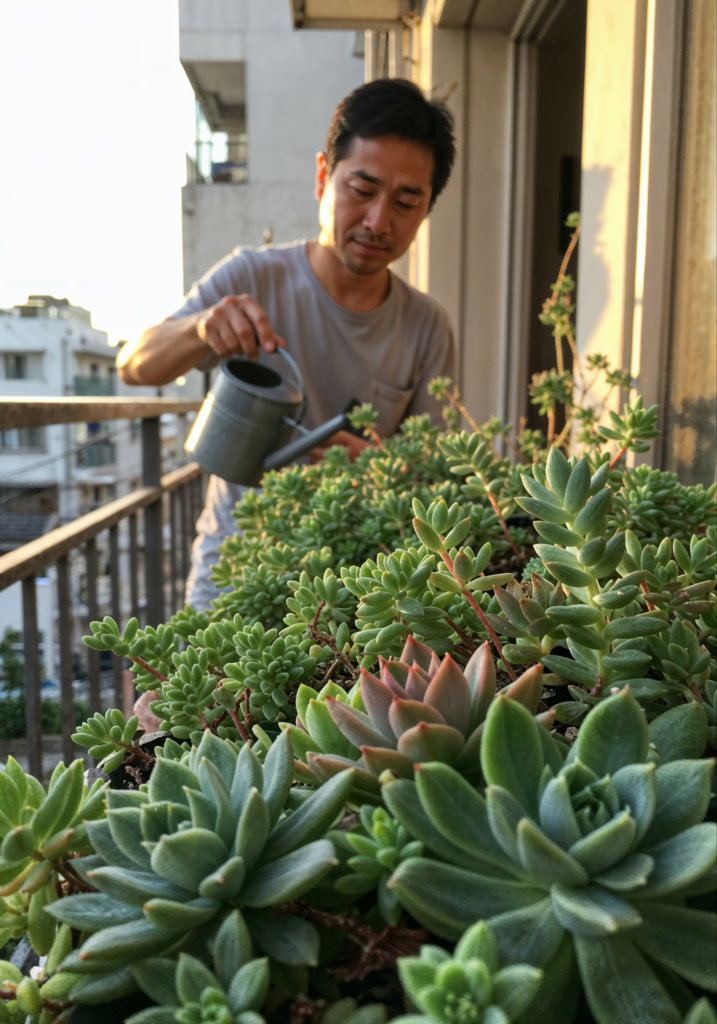
Succulents prefer to dry out between waterings, so avoid keeping the soil constantly wet. Water deeply, but allow the top 1-2 inches of soil to dry completely before watering again. This helps prevent root rot, a common problem in humid conditions or with poor drainage.
In summer, you may need to water every 1-2 weeks, while cooler months require much less. The amount changes based on your balcony’s sun and wind exposure. Make sure pots have drainage holes. Morning is the best time to water so leaves can dry out and sunlight helps reduce moisture-related diseases.
Use a simple moisture meter or poke your finger into the soil to check dampness. Avoid misting, as it keeps leaves wet and can encourage fungal issues. For added precision, consider using a watering can with a narrow spout to reach soil at the base of each plant.
Pest and Disease Management

Mealybugs and spider mites are common on balcony succulents. Look for white, cottony spots or tiny webs between leaves. Remove pests by dabbing them with a cotton swab dipped in rubbing alcohol, or spray with insecticidal soap if infestations grow.
Common succulent pests:
- Mealybugs: White, fluffy clusters on leaves/stems.
- Aphids: Small green or brown bugs sucking sap.
- Spider mites: Fine webs and speckled leaves.
Prevent disease by checking plants regularly and pruning old, mushy leaves. Good sunlight and air circulation lower the risk for mold. Always use clean pots and avoid using garden soil, which may contain harmful bacteria. If you notice black spots or rotting, reduce watering and increase light if possible.
Creative Design Ideas for Balcony Succulent Gardens
Careful design choices can make your balcony garden both attractive and practical. How you group, arrange, and mix succulents can maximize your space and highlight each plant’s unique shape and color.
Grouping and Arranging Succulent Varieties
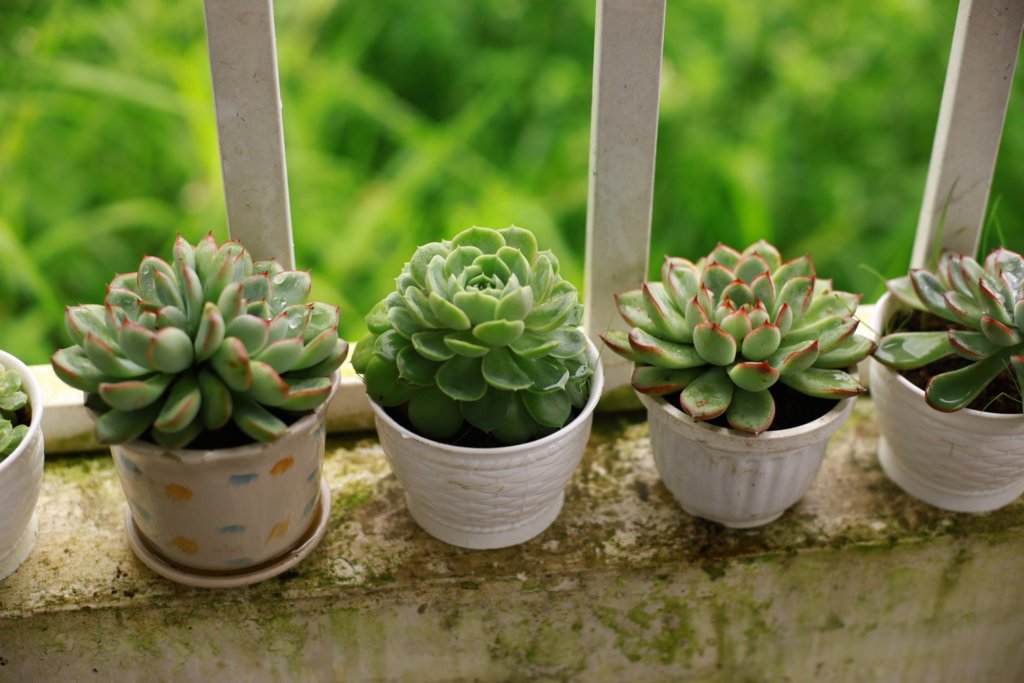
Arrange your succulent collection in clusters to make each group stand out. Use small pots lined up along balcony railings or set up a plant stand with tiered shelves. Taller succulents like Aeonium or Aloe can go in the back, with shorter ones such as Echeveria or Sedum at the front. This helps each plant get enough sunlight and keeps your display neat.
Grouping different species together in one container also creates a full look. For example, try mixing Hens and Chicks with Jade Plants in a wide, shallow pot. Space-saving ideas include hanging planters or wall-mounted containers. Keep each plant’s watering needs in mind as you group, since overwatering can harm succulents.
Adding Texture and Color with Mix and Match
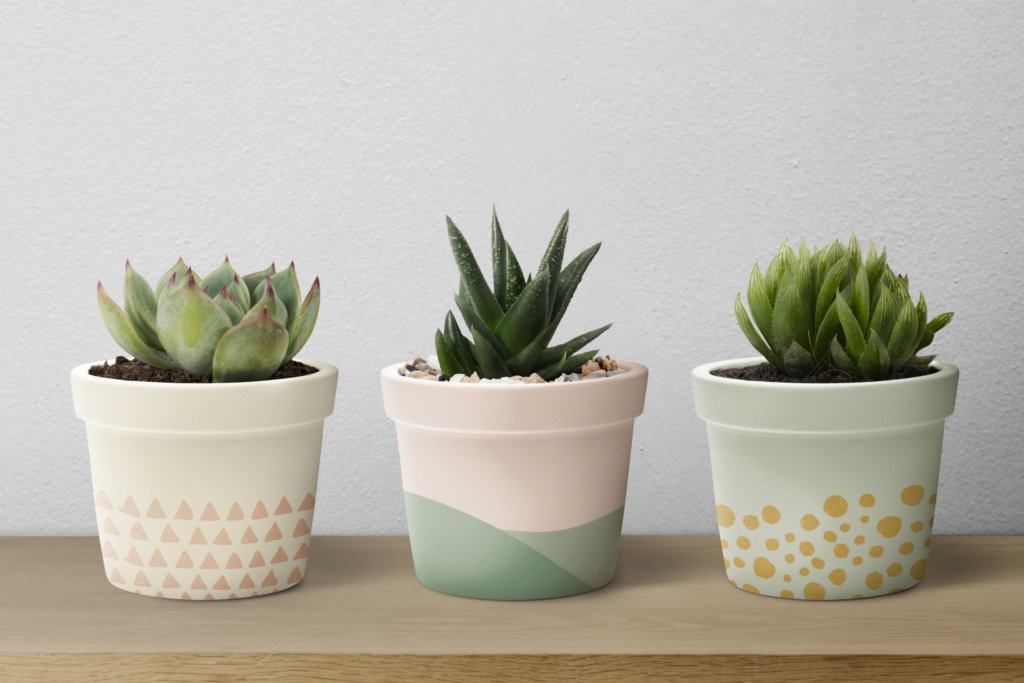
Mixing succulents with various textures and colors brings visual interest to your balcony garden. Combine spiky, rosette, and trailing types for better contrast. For color, choose plants with hues like pale green, deep purple, or soft pink. Popular picks include Echeveria, Haworthia, and String of Pearls.
Use containers in different shapes and materials. Terracotta, tin planters, or even head-shaped pots add personal style. Grouping succulents with stones, sand, or small pebbles can make your display look tidy and modern. Try alternating patterns or arranging plants by color for a bold effect. This mix and match style works well for both container gardening and building an indoor succulent garden by a sunny window.

